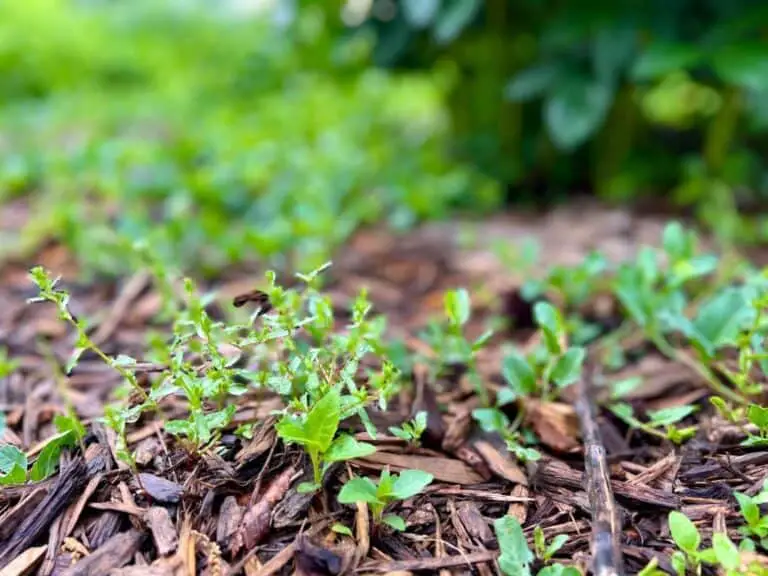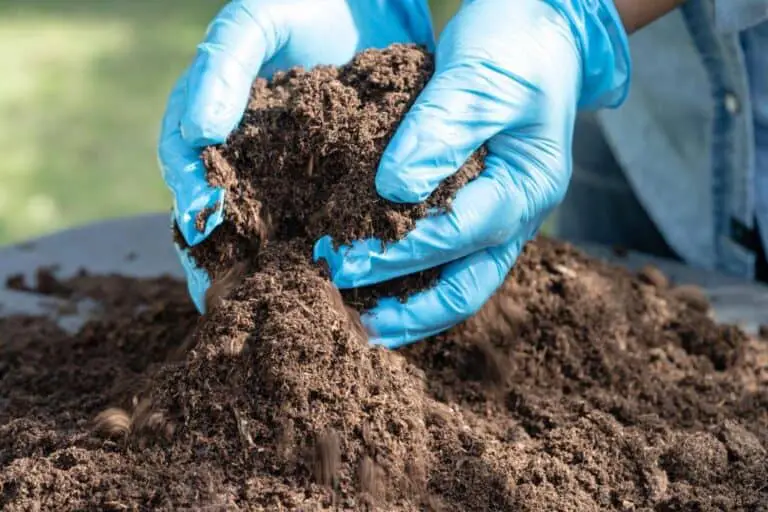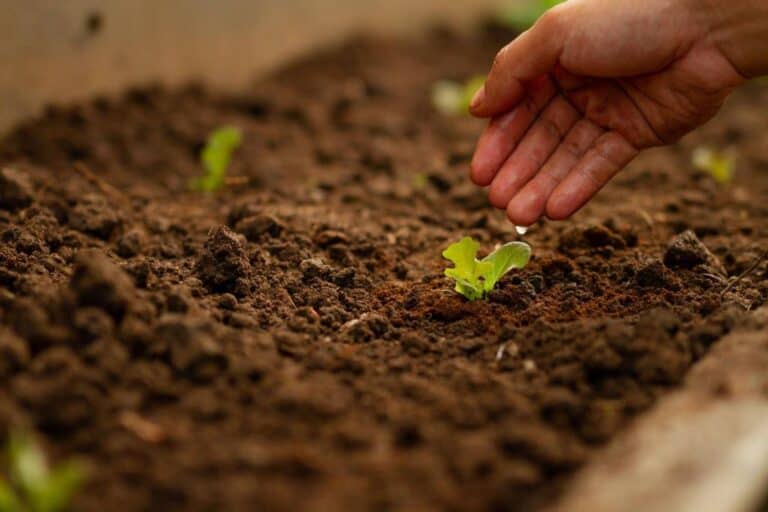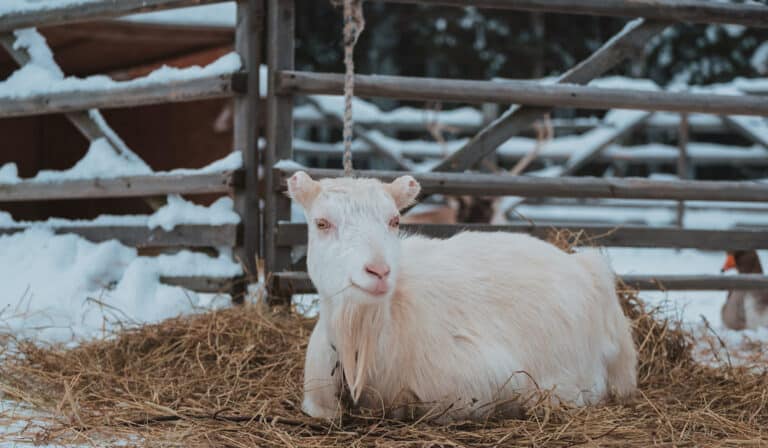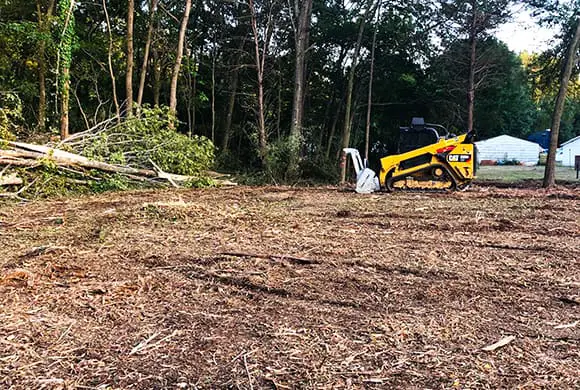Can I Use Topsoil Instead of Mulch as Replacement?
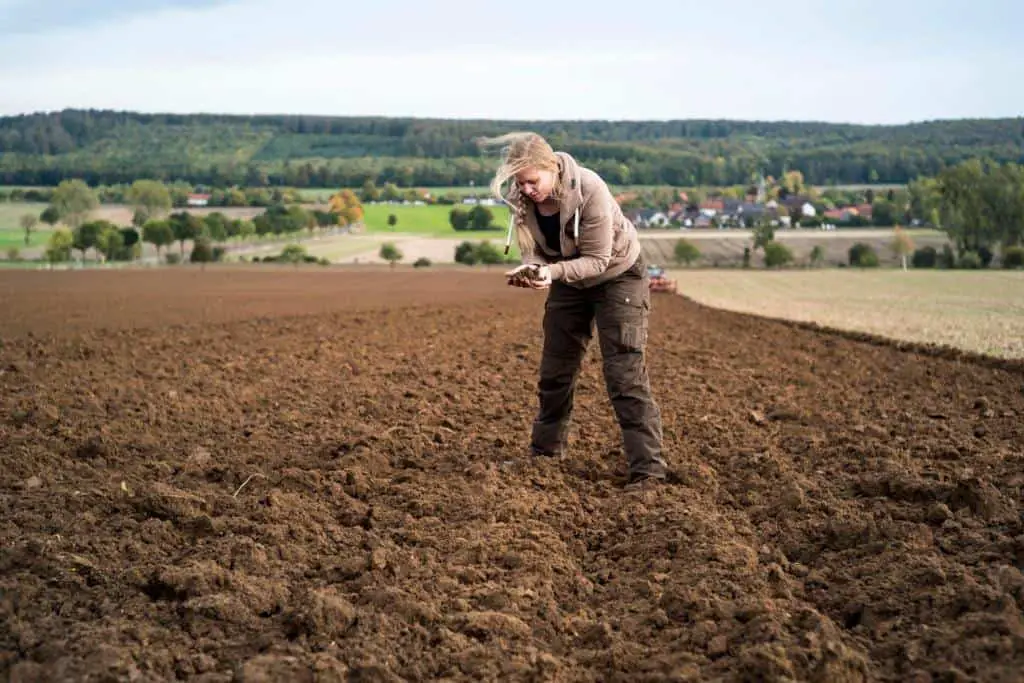
In the world of gardening and landscaping, choices abound, and each one you make can significantly impact the health and aesthetics of your outdoor space. One question that often arises in this green realm is whether you can substitute topsoil for mulch, or vice versa, without any horticultural hiccups.
It’s a valid question; after all, both topsoil and mulch play vital roles in nurturing your plants and enhancing your garden’s curb appeal. But the answer is a definite no. Topsoil cannot be substituted for mulch as they serve different purposes in gardening and landscaping.
In this journey through soil and surface, we’re about to embark on an exploration of earthy wonders. We’ll delve into the rich, dark depths of topsoil, uncovering its role as the bedrock of plant life. We’ll delve into the world of gardening, exploring the roles of mulch and topsoil, their benefits, and whether one can effectively replace the other.
Understanding Topsoil and Mulch and Their Role in Gardening
Before we explore the reasoning for not using topsoil as a mulch replacement, let’s first understand what each of these materials is and their primary functions.
Topsoil
Topsoil is the uppermost layer of soil, typically the top 5 to 10 inches, and is rich in organic matter and nutrients. It is the foundation for your plants, providing them with essential nutrients, moisture retention, and a stable root environment. Topsoil is often used for seeding, planting, or improving soil quality in garden beds and lawns.
Mulch
Mulch, on the other hand, is a layer of material applied to the surface of the soil. It can be made from a variety of materials, including wood chips, straw, leaves, or even rubber. The primary purpose of mulch is to provide insulation for the soil, regulate temperature, retain moisture, and enhance the overall aesthetics of your garden. Other than that, mulching is known to prevent the spreading of weeds.
Now that we have a clear understanding of topsoil and mulch, let’s explore whether they can be used interchangeably.
Topsoil vs. Mulch: Key Differences
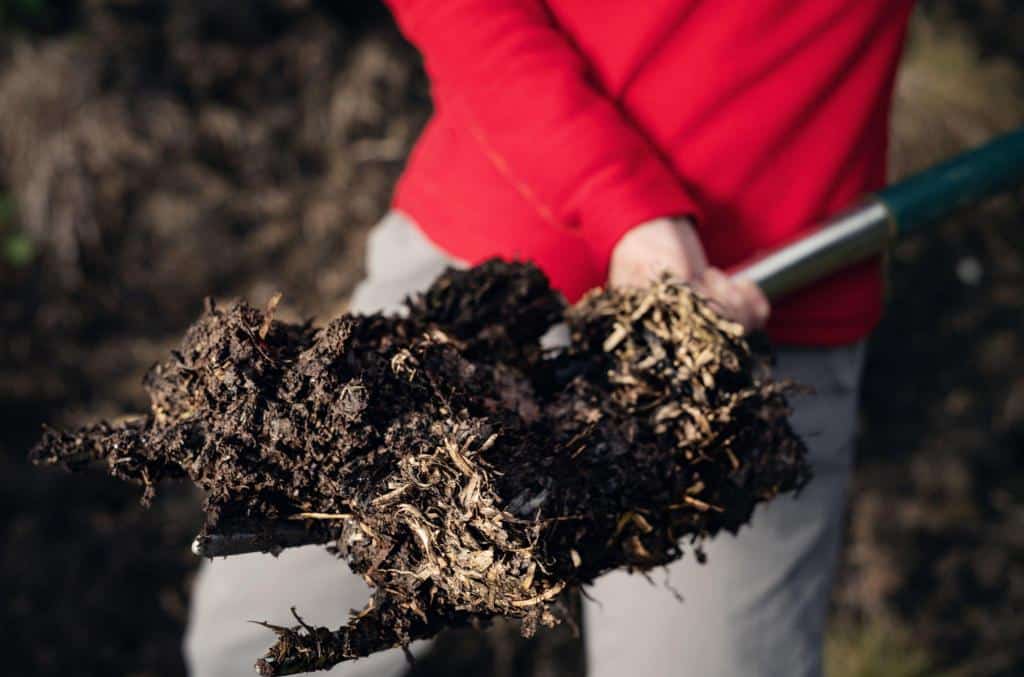
While both topsoil and mulch play essential roles in your garden, they serve vastly different functions. Let’s break down the key differences between these two materials.
| Aspect | Topsoil | Mulch |
| Function | Provides nutrients, anchors roots, and improves soil quality. | Insulates soil, regulates temperature, retains moisture, and suppresses weeds. |
| Composition | Rich in organic matter and nutrients. | Varies (wood chips, straw, leaves, rubber, etc.) |
| Placement | Mixed into the soil for planting or used to fill garden beds. | Applied on the soil surface as a layer (typically 2-4 inches deep). |
| Aesthetics | Typically not visible once covered with other materials. | Adds an attractive, decorative layer to your garden. |
| Weed Control | Does not provide effective weed control. | Suppresses weeds by blocking sunlight and preventing weed growth. |
As you can see from the table above, topsoil and mulch have distinct roles in gardening. Topsoil enriches the soil and provides a stable base for plants, while mulch focuses on surface benefits like moisture retention and weed suppression.
Can You Use Topsoil to Replace Mulch?
Now that we have established the differences between topsoil and mulch, let’s address the question: Can topsoil be used as a replacement for mulch?
The short answer is no. Topsoil and mulch are not interchangeable because they serve different purposes. Mulch is a layer of organic material that is spread over the soil surface to retain moisture, suppress weeds, and regulate soil temperature. On the other hand, topsoil is the uppermost layer of soil that is rich in organic matter and microorganisms, where most of the Earth’s biological soil activity occurs.
However, there are situations where you might incorporate topsoil into your garden along with mulch, but they are not direct substitutes for each other.
When to Use Topsoil
- Planting and Seeding: Topsoil is ideal for planting flowers, shrubs, and trees. It provides a nutrient-rich environment for roots to establish themselves.
- Soil Improvement: If your garden soil lacks nutrients or structure, you can amend it with topsoil to enhance its quality.
- Lawn Installation: When laying down new sod or seeding a lawn, topsoil can be used to level the ground and promote healthy grass growth.
When to Use Mulch
- Moisture Retention: Mulch is excellent for retaining moisture in the soil, especially during hot and dry periods.
- Weed Suppression: The primary function of mulch is to prevent weeds from growing by blocking sunlight and inhibiting their growth.
- Temperature Regulation: Mulch acts as insulation, protecting plants’ roots from extreme temperature fluctuations.
- Aesthetics: Mulch adds a polished, attractive appearance to your garden beds.
In summary, while topsoil is essential for plant growth and soil improvement, mulch plays a different role in maintaining soil health and aesthetics. Combining the two can provide the best of both worlds, but they are not substitutes for each other.
Using Topsoil and Mulch Together
To maximize the benefits of topsoil and mulch, you can use them together in your garden. Here’s how:
- Prepare the Soil: Start by ensuring your garden soil is in good condition by incorporating topsoil where needed. This is especially important when planting new shrubs, trees, or flowers.
- Apply Mulch: Once your plants are established, apply mulch on the soil surface. Make sure to maintain a layer of 2 to 4 inches of mulch around your plants, leaving a small gap around the plant’s base to prevent rot.
- Maintenance: Replenish the mulch layer as needed to maintain its depth, and regularly check the soil for moisture. Water your plants appropriately to ensure they receive adequate hydration.
By combining topsoil and mulch in this way, you provide your plants with the best of both worlds—nutrient-rich soil and surface benefits like moisture retention and weed control.
Read: Why Does Topsoil Have More Humus and Organic Richness Than Subsoil?
Topsoil and Mulch Alternatives
When it comes to gardening and landscaping, there are some occasions when you want to find the right topsoil, and mulch alternatives can make all the difference. These materials play a crucial role in nurturing healthy plants and enhancing the overall aesthetics of your outdoor space. Let’s explore some eco-friendly options to consider.
1. Compost
Compost is a nutrient-rich, environmentally friendly alternative to topsoil. It’s a blend of organic matter like kitchen scraps, leaves, and yard waste. Compost enriches the soil, improves water retention, and fosters beneficial microorganisms. Plus, it reduces waste sent to landfills.
2. Wood Chips
Wood chips are a versatile mulch option. They help regulate soil temperature, prevent weed growth, and provide an appealing texture to your garden beds. Various wood types can be used, from hardwoods like oak to softwoods like pine.
3. Gravel
For a low-maintenance option, gravel is a great choice. It’s excellent for paths and driveways, offering excellent drainage and a modern aesthetic. You can even combine it with other mulch or ground covers to create contrasting textures.
4. Leaf Mulch
- Shredded Leaves: Collected from your own yard, shredded leaves make an excellent free mulch option. They decompose slowly, enriching the soil over time.
- Leaf Mold: Composed entirely of decomposed leaves, leaf mold is a fine-textured mulch that improves soil structure and water retention.
5. Straw
- Wheat Straw: Often used in vegetable gardens, wheat straw mulch helps retain soil moisture and prevents weeds.
- Pine Straw: A popular choice in the southern United States, pine straw mulch adds a rustic appeal and is excellent for acid-loving plants.
6. Rubber Mulch
Made from recycled rubber tires, rubber mulch is long-lasting and provides cushioning. It’s commonly used in playgrounds and areas where safety is a concern.
7. Landscape Fabric
Landscape fabric is not a mulch itself but is often used underneath mulch to prevent weed growth while allowing water to penetrate the soil.
8. Seashells
Crushed seashells create a coastal aesthetic and are suitable for gardens in coastal regions. They also deter slugs and snails.
9. Newspaper or Cardboard
These materials can be used as an eco-friendly weed barrier under mulch. They decompose over time, enriching the soil.
Conclusion
In the world of gardening and landscaping, topsoil and mulch are essential but serve distinct purposes. While they cannot replace each other directly, they can work together to create a healthy and visually appealing garden.
Topsoil enriches your soil, while mulch provides the finishing touch, offering moisture retention, weed suppression, and temperature regulation. So, when planning your garden, remember that it’s not a matter of choosing one over the other but rather understanding how they complement each other to create a thriving outdoor space.
In conclusion, the roles of mulch and topsoil in gardening are distinct, with each offering its own unique benefits. While topsoil can sometimes serve as a substitute for mulch, it’s essential to consider your garden’s specific needs and goals. By implementing best practices and understanding the advantages of each, you can create a garden that flourishes and thrives.
FAQs on Pros and Cons of Topsoil and Mulch
Can I mix topsoil and mulch together in my garden?
Yes, you can mix topsoil and mulch in your garden. It’s a beneficial combination, with topsoil providing nutrients to the soil below, while mulch protects the surface.
Is it possible to use topsoil as mulch for my flower beds?
While not typical, you can use topsoil as a mulch for flower beds. However, it lacks the aesthetic appeal and weed-suppressing qualities of traditional mulch.
What are the disadvantages of using topsoil instead of mulch?
Topsoil doesn’t offer effective weed control or aesthetic improvement. It may also retain too much moisture for some plants, potentially leading to root rot.
How often should I replace mulch or topsoil in my garden?
Both mulch and topsoil should be replenished as needed. Mulch may need replenishing annually, while topsoil amendments can vary depending on soil quality and plant needs.
Is it advisable to completely replace mulch with topsoil in a garden?
It’s generally not advisable to replace mulch entirely with topsoil, as they serve different purposes. Combining them offers a more balanced approach.
Can topsoil alone provide the same benefits as mulch in terms of moisture retention and weed control?
Topsoil alone cannot provide the same moisture retention and weed control benefits as mulch on the surface. Mulch excels in these areas.
How can I determine the quality of topsoil to ensure it benefits my garden?
Test topsoil for nutrient content, pH levels, and texture to ensure it suits your garden. Consider consulting a local nursery or gardening expert.

